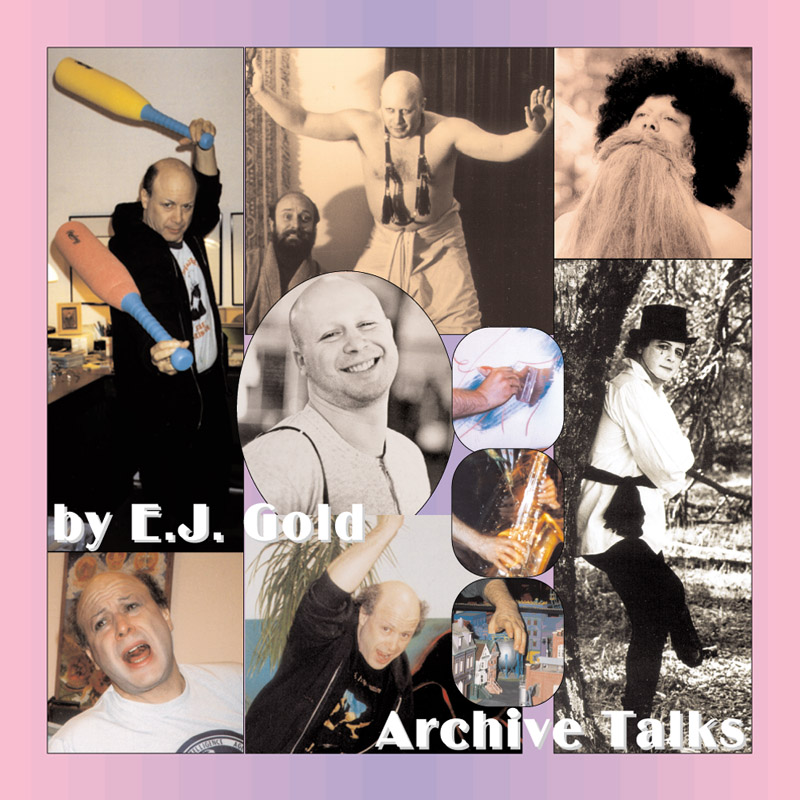

CDT387
Still Life #2
Synopsis
The talk focuses on the practical and philosophical aspects of art education, including painting, sculpture, and industrial creativity. It covers the necessity of proper tools such as easels and sculpting armatures, financial constraints in acquiring professional equipment, and the importance of understanding light and dark in artistic composition. Additionally, the speaker delves into the industrial nature of artistry, emphasizing the discipline and business aspects of being an artist.
Summary
This lecture explores both the technical requirements and mindset necessary for serious artistic practice. It begins with a discussion on easels, detailing their cost, availability, and the necessity for artists to be responsible for their own equipment. The importance of workspace considerations, such as fold-up easels versus tabletop options, is highlighted.
The talk then shifts to sculpture, covering the costs and logistics of acquiring sculpture tools, armatures, and rotating stands, emphasizing the difficulty of finding high-quality tools due to supply shortages. The merits of professional-grade materials versus more accessible options are debated, particularly regarding sculpture tools crafted from Brazilian hardwoods.
Further, the speaker discusses the transition from drawing to painting, emphasizing the necessity of understanding light, dark, and composition before introducing color. Students are encouraged to move away from slavish realism and instead interpret their subjects artistically, focusing on movement and visual flow (or the "dance" of light and dark) rather than rigid detail.
A major theme is the idea of art as an industrial occupation. The speaker underscores the need for artists to approach their work professionally, treating it as a business that serves aesthetic and design needs rather than simply as personal expression. Comparisons are drawn to the music industry, where professionalism and industrial discipline are equally essential.
The talk concludes with the notion that true artists should strive for mastery and persistence, cautioning against early abandonment of the creative journey. The central message is that becoming an artist requires commitment, strategic investment in tools, and a deep engagement with both technique and artistic philosophy.
Keywords & Key Phrases
- Industrial occupation of art
- Dance of light and dark
- Sculptural armature shortages
- Professional-grade materials
- Higher laws of composition
- Photorealism versus interpretation
- Still life in chiaroscuro
- Canvas stretching techniques
- Liquitex heavy body paints
- The anatomy of a tree
- Easel economics
- WPA and fascist sculpture
- Standing versus seated artistry
- Workshop logistics
- Visual attack on canvas
- Painterly perspective in scale
- Artistic momentum and creation
- Art as object versus inspiration
- Blind artists and creative adaptation
- Brazilian hardwood sculpture tools
- Optical mechanics in painting
Graphic Prompt
A dimly lit studio filled with easels, sculptures in progress, and scattered art tools. A dramatic interplay of shadow and warm illumination highlights a focused artist standing at a massive canvas, broad strokes forming an abstract interpretation of light playing across the room. In the background, an unfinished life-sized bust of a philosopher-like figure gazes into the distance. A sense of discipline and intensity pervades the space, evoking the theme of artistic craftsmanship as an industrial occupation.



